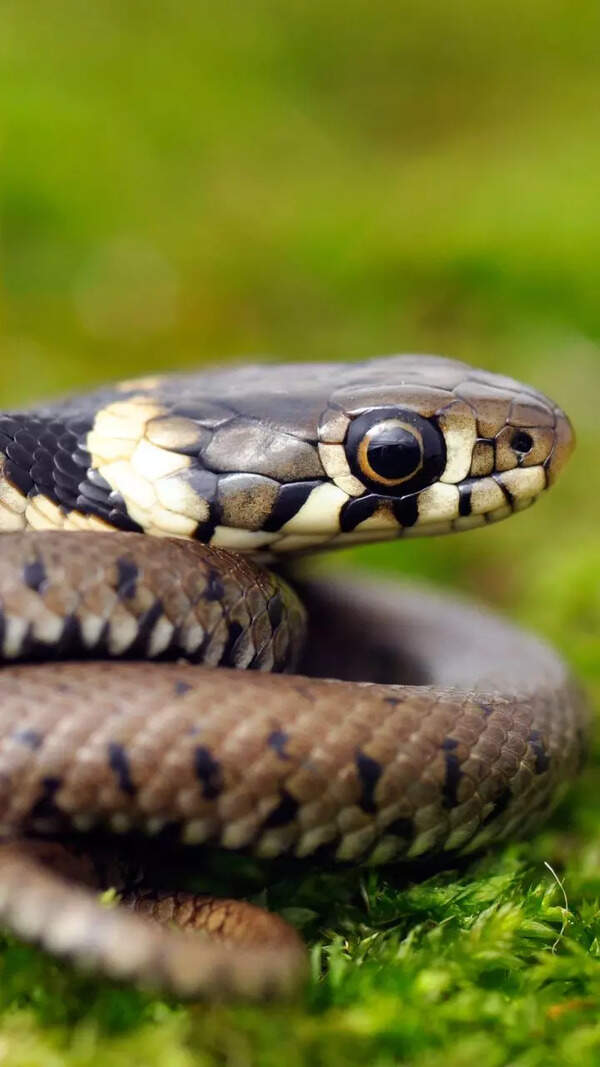As you immerse yourself in the lush embrace of this garden, every tree whispers the tales of valour, resilience, and unwavering spirit of freedom. Here, trees stand as living monuments, bearing witness to the sacrifices and struggles that paved the way for India’s independence.
The
CSIR-National Botanical Research Institute (NBRI) has undertaken a remarkable initiative, establishing a ‘
Heritage Tree Garden’ in Banthra, Lucknow, that serves as a living repository of India’s rich historical and mythological legacy.
The heritage garden, which has at least 30 plants related to the freedom movement or of historical importance, celebrates India’s freedom movement and historical legacy.
Amidst the lush foliage, the peepal tree from the Cellular Jail in Port Blair commands reverence. Its branches bear silent testimony to the atrocities endured by the freedom fighters incarcerated within those walls. Yet, its presence offered solace to the likes of Vinayak Damodar Savarkar and countless others, reminding them of the indomitable human spirit that could not be confined.
The tree could be seen from the corridor outside Savarkar’s cell and might have provided some solace to him and other prisoners during their jail term.
Each tree in this garden carries a barcode that, when scanned, unveils its historical relevance, allowing visitors to immerse themselves in the narratives woven into the fabric of India’s freedom struggle.
Scientists have traversed the length and breadth of the country, collecting planting and propagation materials (cutting, seeds, roots and others) from the original heritage trees from the respective sites and planted them on the Banthra campus.
The garden also has heritage trees, including those from Andaman & Nicobar Islands, several places in Uttar Pradesh, Champaran in Bihar, and the Dandi March route.
Each tree in this garden carries a unique story, etched into its bark and branches. The ‘Bawan imli ka ped’ (a tamarind tree) from Fatehpur bears witness to the ultimate sacrifice of Thakur Jodha Singh Attaiya and 51 freedom fighters, whose bodies hung from its branches for thirty-seven days.
The mango tree from Dashehri village in Lucknow stands as the mother tree of the renowned Dussehri mangoes, a testament to the rich agricultural heritage of the region.
The banyan tree from Patalpuri Temple in Prayagraj is believed to have hosted Lord Vishnu as Balmukund, symbolizing the eternal presence and grace that sustained the freedom fighters. The sponge tree from Gaudiya Math in Mathura safeguarded the weapons of Pandavas during their exile, earning the reverence and prayers of generations.
From the Toothbrush Tree of Nidhivan Temple in Vrindavan to the banyan tree of Mahamaya Devi Temple in Modinagar, these living witnesses stand as reminders of the sacrifices made and the resilience displayed in the face of adversity.
NBRI director Ajit Kumar Shasany said, “We recently visited the cellular jail in Port Blair and brought the planting material of the historical peepal tree at the jail. We are continuously making plants from such original heritage trees and enriching our garden. CSIR has launched an initiative, focused on identifying, documenting, and preserving heritage trees, with an emphasis on their conservation.”
“These heritage trees, some over a century old, hold significant historical importance and freedom movements in the region. These trees not only represent nature’s endurance but also serve as living monuments of India’s history and heritage. The institute’s goal is to propagate these trees ensuring their legacy continues,” he added.
The heritage garden was inaugurated this year by secretary, department of scientific and industrial research, and director general, CSIR, N Kalaiselvi.
“Our next goal is to collect and propagate heritage trees from Southern India — an exciting step in preserving historical and cultural legacies,” the NBRI director said.












